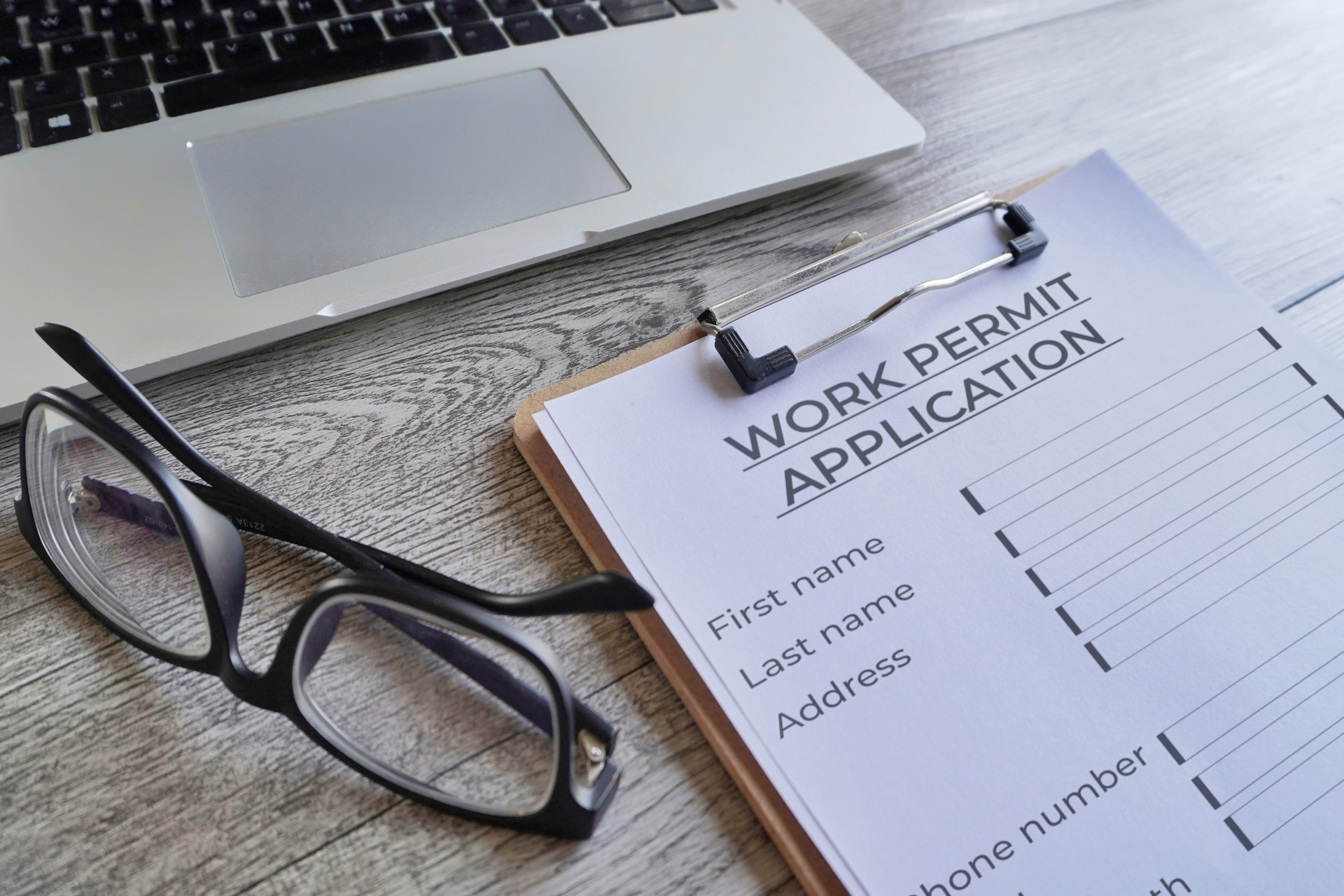
Receiving a negative decision on your refugee claim can be devastating. Beyond the emotional impact, you may be worried about your ability to continue working in Canada and what options remain available to you.
A rejected claim doesn’t automatically mean you must leave Canada immediately, but it does significantly change your legal status and work authorization.
If your refugee claim has been denied, you generally have several options to consider:
Our refugee lawyer in Canada will guide you through these pathways and protect your right to remain in Canada.
When your refugee claim is rejected by the Immigration and Refugee Board of Canada‘s Refugee Protection Division (IRB-RPD), you’ll receive a written decision explaining why your claim was denied. This usually initiates a removal order, though it may not be enforceable immediately if you qualify for an appeal or other legal recourse.
The IRB-RPD plays a central role in refugee decisions, as it evaluates and makes determinations about claims for protection in Canada.
If your claim is rejected, the process typically follows these steps:
| Reason for Rejection | Description |
|---|---|
| Lack of credibility | The Board does not believe the claimant’s story |
| Internal flight alternative | Authorities believe claimant can safely relocate within their country |
| Safe third country | Claimant had protection elsewhere (e.g., U.S.) |
| Criminal or security issues | Serious criminality, war crimes, etc. |
⚠️ Even minor inconsistencies in testimony or documents can lead to denial.
The Refugee Appeal Division offers an opportunity to challenge the IRB-RPD’s decision if you believe there were errors in the assessment of your case.
However, not all claimants qualify for RAD appeals—those with claims deemed manifestly unfounded, those from designated countries of origin, or those who arrived via the Canada-US border under the Safe Third Country Agreement are typically ineligible.
For those who qualify, you must file a notice of appeal within 15 days of receiving your decision, followed by your complete appeal package within 30 days. During your appeal, the RAD can:
⚠️Timelines are short—missing them could end your appeal rights.
Additional reading: Denied entry to Canada at airport

If you’re ineligible for RAD or your RAD appeal was unsuccessful, Judicial Review through the Federal Court may be your next option. This process requires legal representation, as only lawyers can bring these applications.
The Judicial Review process involves:
The Federal Court cannot directly grant refugee status—it can only identify legal or procedural errors and send your case back for a new hearing.
💡 Why Federal Court might overturn a decision: Common grounds include procedural unfairness, failure to consider relevant evidence, unreasonable findings of fact, or misapplication of legal tests for refugee determination.
The immigration process can be overwhelming, especially after a refugee claim rejection. Book a consultation with us now to evaluate your situation
A Pre-Removal Risk Assessment is designed to evaluate the risks you might face if returned to your country. It becomes available to failed refugee claimants only after they become eligible for removal from Canada, usually after 12 months following a final negative decision (though this waiting period can be shorter for claimants from certain countries).
The PRRA functions as a last-chance safety mechanism and focuses specifically on:
📌 PRRA can only consider new evidence not previously available during the original hearing.
An H&C application allows you to request permanent residence based on exceptional circumstances that would result in unusual, undeserved, or disproportionate hardship if you were forced to leave Canada.
H&C applications can consider factors such as:
H&C is a discretionary process—not a guaranteed path. While an H&C application does not automatically stay a removal order, it can sometimes form the basis for a deferral request if your removal is imminent.
When your refugee claim is denied, your work authorization situation becomes complex. Many failed claimants hold work permits issued under Regulation 206 of the Immigration and Refugee Protection Regulations (IRPR), which allows refugee claimants to work while awaiting decisions.
However, these permits do not confer temporary resident status. Once your claim is denied and any appeals are exhausted, your work permit becomes invalid when your removal order becomes enforceable, even if the permit shows a future expiry date.
This distinction has significant implications for your future immigration prospects. Work experience gained solely on a refugee claimant work permit generally does not count toward economic immigration programs because it wasn’t obtained with valid temporary resident status.
Case example: a refugee claimant who worked as a skilled tradesperson in Montreal for two years had her claim denied. Despite her valuable work experience, she couldn’t qualify for the Canadian Experience Class under Express Entry because her work wasn’t performed with proper temporary resident status.
⚠️ Being on a refugee work permit does not mean you’re a temporary resident.
If your refugee claim was rejected, there are still pathways forward. Reach out to our immigration team today to guide you toward the best solution for your future in Canada.
Refugee claimants generally cannot transition to employer-sponsored work permits through the Labour Market Impact Assessment (LMIA) process while their claims are in progress. As a refugee claimant, you’re in Canada for protection purposes, not as a temporary worker, and you don’t hold proper temporary resident status required for a temporary work permit.
Once your claim is denied, you become subject to a removal order, which further precludes eligibility for most temporary work permits. Even with an employer willing to sponsor you, immigration officers typically won’t approve LMIA-based work permits for individuals under removal orders except in rare humanitarian circumstances.
Failed claimants must generally depart Canada and apply for proper work authorization from abroad, unless they’ve been approved for H&C consideration or a positive PRRA decision.

Failed refugee claimants face significant challenges when attempting to qualify for Express Entry programs. These programs require candidates to have authorized work experience and valid temporary resident status, which is problematic for most refugee claimants who only held R.206 work permits.
To qualify for Express Entry after a failed refugee claim, you would typically need:
| Program | Eligible While Refugee Claim Pending? | Eligible After Refusal (Inside Canada)? |
|---|---|---|
| Express Entry | No (unless prior TR status) | No (must apply from abroad) |
| Provincial Nominee Program (PNP) | No (refugee claimants are excluded) | Possibly, after removal and reapplication |
| Humanitarian and compassionate (H&C) | Yes (if grounds are strong) | Yes |
💡 Work done on a refugee work permit won’t count toward Express Entry unless status and authorization were valid at the time.
If you’ve had your refugee claim denied or are unsure about your eligibility for programs like PNP or Express Entry, don’t navigate these complex processes alone. Contact us today to discuss your options and get personalized advice.
Failed refugee claimants who have left Canada can potentially return, but they face additional hurdles compared to typical visitors or immigrants. Your ability to return depends largely on how you departed (voluntarily or through deportation) and whether any additional inadmissibility issues apply to your case.
Potential pathways back to Canada include:
Most failed refugee claimants who depart voluntarily face a one-year bar on applying for a Pre-Removal Risk Assessment, while those who were removed under deportation orders typically face exclusion periods of one to five years.
📌Deportation can lead to multi-year bans—you must apply for Authorization to Return to Canada (ARC).
Negotiating the aftermath of a refused refugee claim requires precise understanding of immigration rules and extremely tight deadlines. The consequences of misunderstanding your options or missing critical filing periods can permanently affect your ability to remain in or return to Canada.
Our professional legal representation can make all the difference by:

The timeline varies depending on your appeal rights and when your removal order becomes enforceable. If you have appeal rights, you may remain until those processes conclude. Without appeals, you typically receive a departure order requiring you to leave within 30 days or face deportation.
Yes, most provinces offer legal aid services for refugee matters, including post-determination proceedings like RAD appeals and Federal Court judicial reviews. Eligibility is means-tested, and coverage varies by province, so contact your provincial legal aid office promptly after receiving your decision.
Work authorization after a negative refugee decision depends on your specific circumstances. If you’re eligible to apply for a PRRA, you may qualify for a work permit while awaiting the decision. H&C applicants might also obtain work permits if they meet certain conditions, such as financial need or humanitarian circumstances.
Healthcare coverage typically ends once your refugee claim is refused and all appeals are exhausted. However, some provinces offer limited coverage for urgent care through special programs. Social assistance eligibility also changes with your immigration status, though policies vary by province.
Marriage to a Canadian citizen doesn’t automatically grant you status after a failed refugee claim. While you can legally marry, any spousal sponsorship application would need to address the refusal of your refugee claim. You may need to leave Canada to be sponsored, depending on your removal order status and other factors.